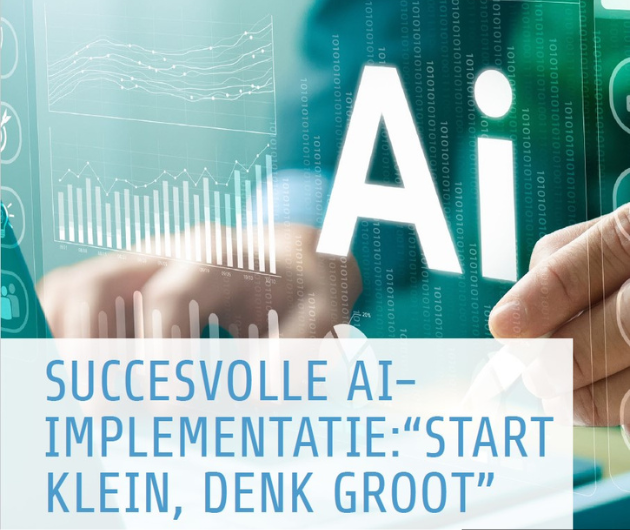The main reason that the dot.com companies have run into trouble is that their basic business models are dubious. For a short while the more established retailers feared that the Internet and the new generation start-ups would take market share and even put them out of business.
How often did we hear that everyone would be booking hotels, holidays and travel over the Internet? In practice I personally have found the Internet useful, but the big impact has been that my regular travel agent appears to be able to give me a better service than ever. The moral of this is that while the Internet is proving a success in general, it is often as an aid to established companies rather than a direct customer service.
There is no doubt that the threat of the start-ups has done some good for most companies. Some progress will come about as established companies build their own Internet enabled "shops", but it is also a possibility that failing dot.com companies will be taken over by existing companies, rather than develop the Internet service from scratch. This will emphasise the need to integrate with mission critical business systems even more, a difficult task. Indeed some take-overs which are attractive from a business viewpoint may be rejected because of technical difficulties with integration with other IT systems. I doubt that many of the dot.com IT systems are well designed! It goes without saying that IT departments should be involved with any decisions on take-overs of Web-enabled systems, but all too often this key element is missing from business developments.
However, now that the year 2000 work has been successfully completed, there should be some IT resources available for new system development. In most cases this is currently directed to rudimentary e-commerce systems and a healthy interest in B2B. But the shock of the dot.com threat has made most companies much more aware of the need to be more responsive to their customers. Customer retention is cheaper than creating new ones! And so one of the high profile activities for 2001 is likely to be focussed on Customer Relationship Management (CRM). According to one survey less than half of the companies polled have created a plan or purchased appropriate software, so there is plenty yet to do.
On the positive side though many companies have already tackled the core problem of data warehousing, and if they haven’t there is now plenty of experience to call on. These have been used primarily for creating historic reports and trends, but there are examples of data mining and other analytical techniques being employed to help forward planning. The difficulty of knowing how best to employ these concepts and tools, together with problems of integration with production systems and office functions created the opportunity for a new generation of specialist software packages targeting the overall CRM solution. Siebel, E.piphany and Onyx are examples of new companies challenging add-ons to the ERP packages, typified by SAP.
The initial CRM systems only offered advanced support for sales, marketing and service, but the Internet created the need for new editions to cope with the far more complex problems of global competition and a more fickle customer base. The new packages add pricing, configuration and "help" facilities; traditional retail systems usually include a human sales agent in the transaction, but this is not there in e-commerce, hence the need to guide the customer. Personally I find most Internet sites infuriating to use, so there is a real need still for vastly superior facilities.
The merging of data analysis capabilities to the initial CRM functions is the latest development. Data is gathered from operational systems and analysed, based on the results of which actions are initiated. This is a dynamic approach compared to the more static (historic) techniques.
One difficulty facing IT managers lies in making a choice of product. The specialist packages are more functional, but involve integration problems. In contrast the established package vendors are adding CRM functions to their products, although some leading companies, PeopleSoft for instance, have bought one of the specialist CRM companies already. These are never as advanced as the offerings of the newer specialists, but they are often easier to implement. A lot depends upon what systems are in use. The extended package approach attracts database vendors, Oracle in particular, because they can use the common database to reflect updates of one function into others, although this really should be controlled by a repository, rather than the production or data warehouse databases.








